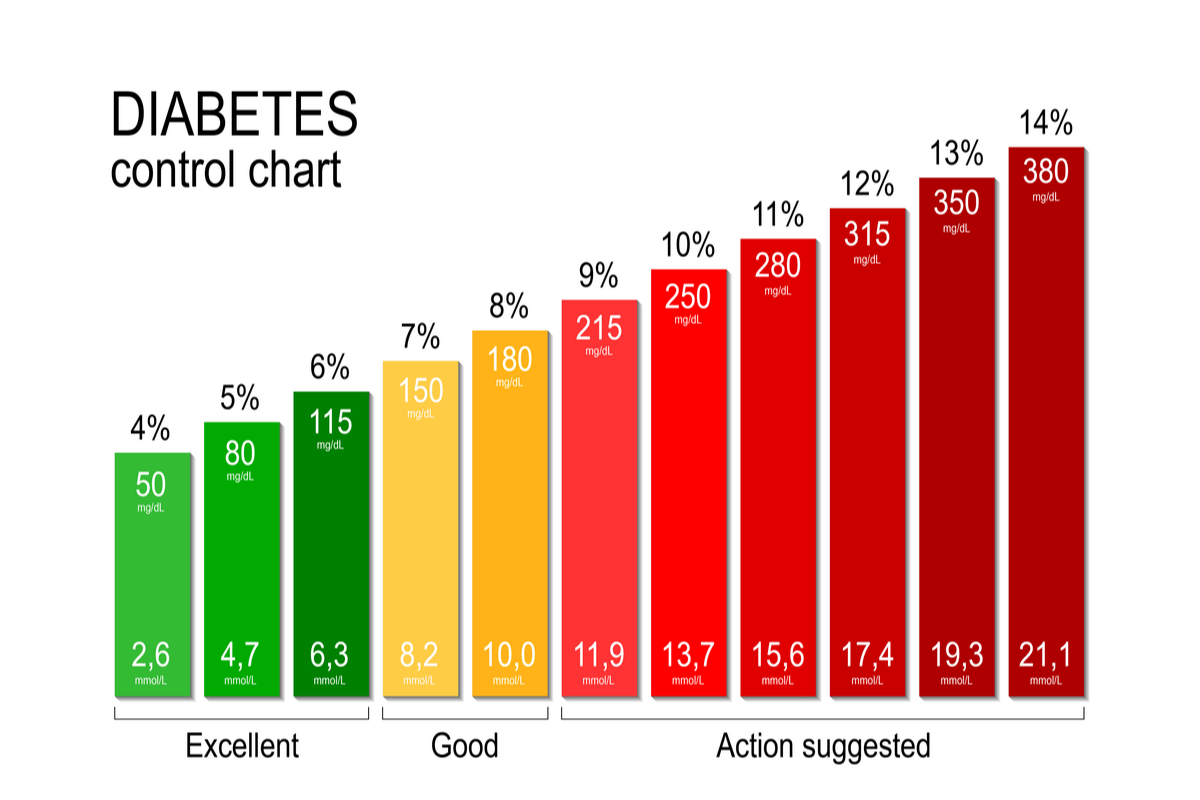

Insulin was accepted by just 16 (37.2%) patients.

Almost all patients disposed the used needle improperly, and the common method was disposing the needle in a dustbin and then transferring to municipal waste disposal vehicle. Thirteen patients (30.2%, n = 43) reported complications of insulin injection and the most common complication among those patients was bruising (10, 76.9%, n = 13). The majority of patients and their relatives (25, 58.1%) mentioned that they transport their insulin cartridge without maintaining cold chain. The insulin injection technique of patients and their relatives was inadequate. Descriptive statistics were performed using IBM-SPSS 20.0. Patients' baseline characteristics, current insulin injection technique, insulin transportation practice, complications of insulin injection, disposal practice of used needle, and acceptability of insulin were recorded. In those cases where a diabetic is hospitalized due to severe hypoglycemia, concentrated IV dextrose 50 is recommended. Ozempic ® (semaglutide) injection 0.5 mg, 1 mg, or 2 mg is an injectable prescription medicine used: along with diet and exercise to improve blood sugar in adults with type 2 diabetes. Patients injecting insulin through insulin pens ( n = 43) for a minimum of 4 weeks were consecutively recruited. This study aims to assess the insulin injection practice of patients with diabetes.Ī cross-sectional study was conducted at Chitwan Medical College Teaching Hospital, Bharatpur, Nepal, from February 2017 to May 2017. A.Proper insulin injection practice is essential for better diabetic control. Also any significant difference in pain score was not detected (P=0.91).īased on our study, both intra-articular corticosteroid and NSAID are effective in treatment of adhesive capsulitis and there is no significant difference between efficacies of these 2 treatment modalities in diabetic patients. These evidence-based recommendations will help guide the education of patients and health care professionals to deliver safe and effective injections. No significant relation was detected between 2 groups after 24 weeks according to range of motion in flexion (P=0.51), abduction (P=0.76), external rotation (0.12) and internal rotation (P=0.91). The diabetes educator plays a key role in the initial teaching and periodic review of proper injection technique to patients receiving insulin injections. There was no significant difference between sex (P=0.4) and age (P=0.19) of patients. Totally 57 patients (19 males (33.3%) and 38 females (66.7%) were included in the analysis. We aimed to evaluate the effect of intrasilicone bevacizumab injection in TRD surgery. Silicone oil can be used as a tamponade to repair retinal detachment however, intrasilicone injection is challenging.

DIABETES PATIENT INJECTION LOGSHEET SOFTWARE
All registered data were transformed into SPSS-15 software and analyzed. Tractional retinal detachment (TRD) causes visual loss in diabetes mellitus patients. After 1 week, home exercise was done for both group and evaluation of the patients after first visit was done likewise 2nd, 6th, 12th and 24th weeks. The patients were divided into 2 groups, patients of first group received NSAID while the latter group were undergone intra-articular corticosteroid injection. especially when injection sites are inspected and the patients technique is. Diagnostic criteria of capsulitis were pain of shoulder and range of motion limitation in all directions. Addendum: First injection technique recommendations for patients with diabetes, Forum for Injection Techniques India Sanjay Kalra, Yatan Pal Singh Balhara, 1 Manash P. Type 2 diabetes mellitus (T2DM) is a progressive chronic condition.
DIABETES PATIENT INJECTION LOGSHEET TRIAL
The randomized clinical trial study conducted during Feb 2009-Aug 2010 on diabetic patients with frozen shoulder that were referred to rheumatology and endocrinology clinics, Yazd, Iran. The aim of this study was to compare the efficacy of glenohumeral injection of Glucocorticoid with NSAIDs in frozen shoulder of diabetic patients. Local Glucocorticoid injection, NSAIDs and physiotherapy each can relief the symptoms. The incidence of frozen shoulder among diabetic patients is about 10-20%, stiffness in such patients is more severe and should be managed actively. Frozen shoulder or adhesive capsulitis is a relatively common encountered musculo-skeletal disease in which arouses following soft tissue involvement of glenohumeral joint and presents with pain and limitation of shoulder' active and passive motions.


 0 kommentar(er)
0 kommentar(er)
